Queen Elizabeth II Has Passed Away at Age 96
Her Majesty Queen Elizabeth II has died at 96 years old, in news that will no doubt send shock waves across the United Kingdom, the Commonwealth, and the world at large.
On Thursday, September 8, 2022, Buckingham Palace announced the news in an official statement, sharing that she died "peacefully at Balmoral."
The Queen died peacefully at Balmoral this afternoon.
The King and The Queen Consort will remain at Balmoral this evening and will return to London tomorrow. pic.twitter.com/VfxpXro22W— The Royal Family (@RoyalFamily) September 8, 2022
The news came after the Palace previously shared that Queen Elizabeth II’s doctors were “concerned” for her health. Immediately, members of the royal family went to Balmoral, the estate in Scotland where the queen had been spending her summer holiday, to be with her. That includes all four of her children, Prince Charles, Princess Anne, Prince Andrew, and Prince Edward, along with Charles's wife, Camilla, Duchess of Cornwall, and Edward’s wife, Sophie, Countess of Wessex. The queen’s grandchildren, including Prince William and Prince Harry, also rushed to Balmoral.
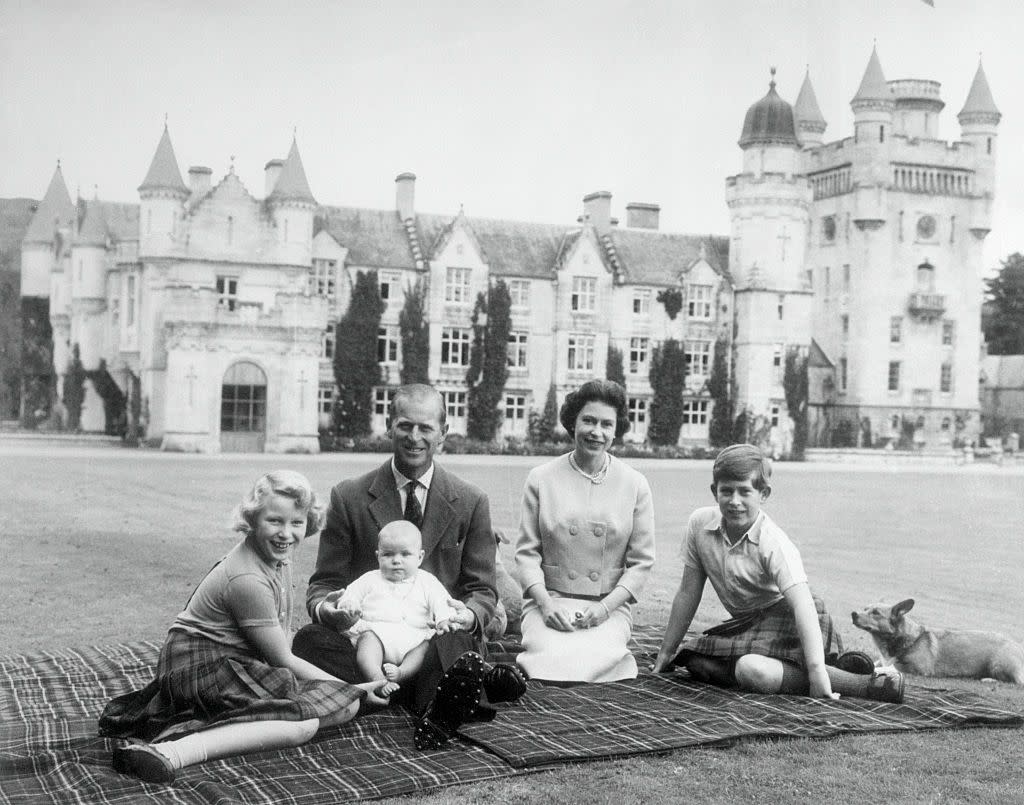
The news comes just days after her last official engagement: On Tuesday, Queen Elizabeth welcomed the new British prime minister, Liz Truss, to Balmoral as part of her ceremonial role as the head of state. Truss is the 15th prime minister the queen has welcomed since 1952, a roster that includes iconic figures including Winston Churchill and Margaret Thatcher.
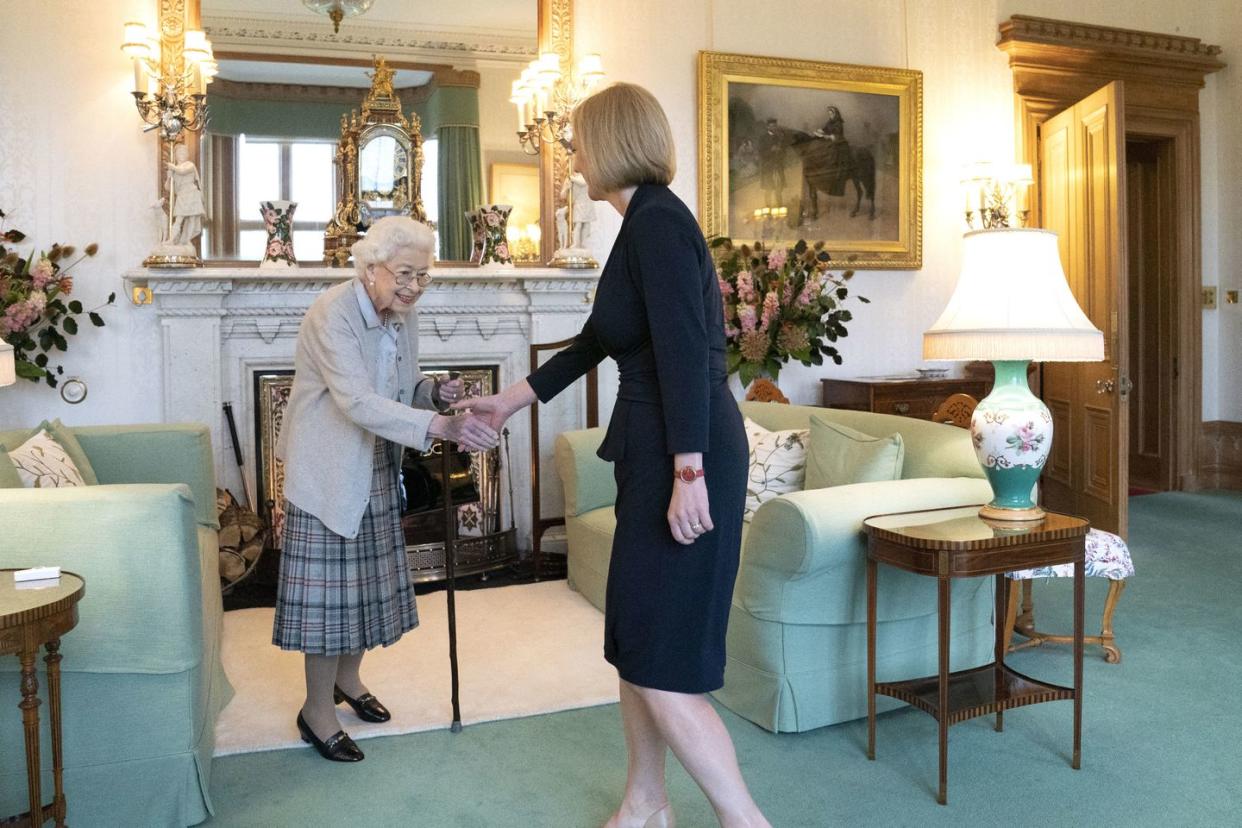
The longest-serving monarch in British history has defined the modern era of the United Kingdom through her historic life and reign. Born on April 21, 1926, the then Princess Elizabeth of York was not destine for the throne at birth. However, her uncle, King Edward VIII, abdicated the throne in order to marry an American divorcee, Wallis Simpson. Elizabeth’s father, George VI, thus became king—putting her on the direct path to the throne. When George died in 1952, Elizabeth immediately became queen at just 25 years old.
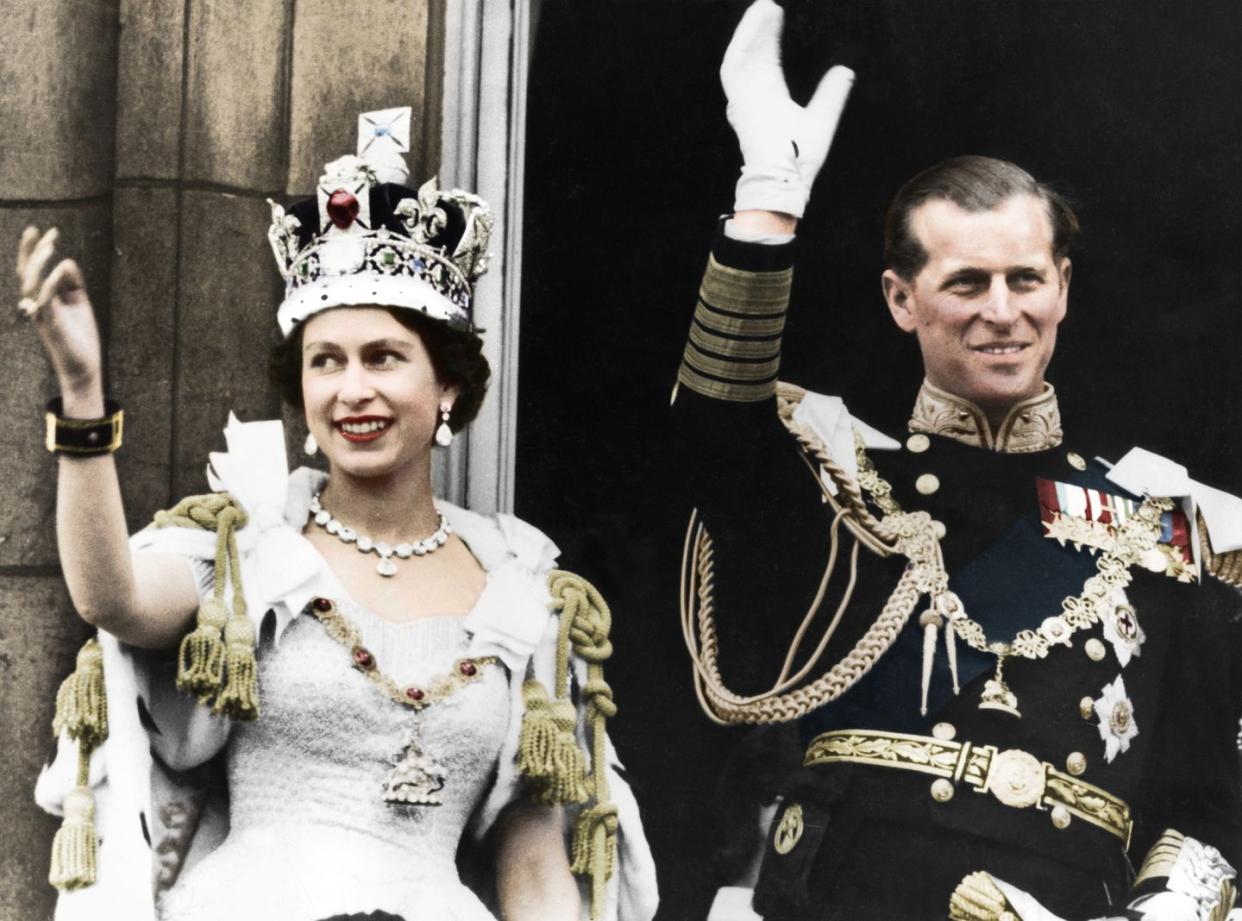
Queen Elizabeth II's reign is marked by many achievements. She traveled more than any other previous monarch, was devoted to several causes, including environmental preservation, and was queen when the Succession to the Crown Act passed in 2013, formally stating that men do not automatically come before women in the line of royal succession.
Earlier this year, the queen celebrated her Platinum Jubilee—a feat no other British monarch has achieved—which marked 70 years on the throne. Her historic reign means the queen is leaving an immensely different world than the one in which she was born. At the beginning of her reign, Britain was a fully fledged empire that ruled countless Commonwealth nations and was an unparalleled source of world power—with the royal family holding much of that power. At the end of her reign, Queen Elizabeth II has left a country that’s grappling with the purpose of its monarch.
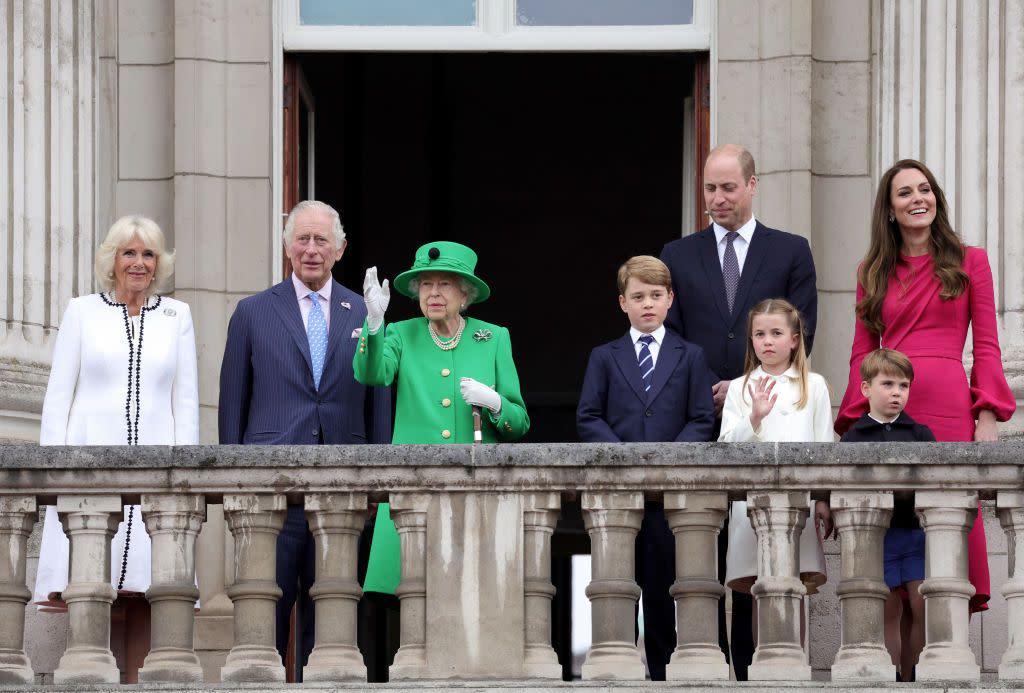
Even if her role as ruler had become more and more symbolic, Queen Elizabeth II was nonetheless a treasured figurehead. At her Platinum Jubilee celebrations, Britain highlighted her love for the country, marmalade sandwiches, and, of course, corgis.
The country has been preparing for Queen Elizabeth II’s death since the 1960s. Her firstborn son, Charles, immediately became king. The queen's private secretary, Sir Christopher Geidt, would have first informed the prime minister—the newly appointed Liz Truss—with a special code. When George VI died, the code was “Hyde Park Corner.” For Elizabeth, the code is “London Bridge is down.” Once the prime minister received the news, it was then distributed to the remaining Commonwealth nations. At Buckingham, a footman dressed in mourning clothes exited the palace and hung a notice on the gates. The Palace’s website simply showcases the message and nothing else.
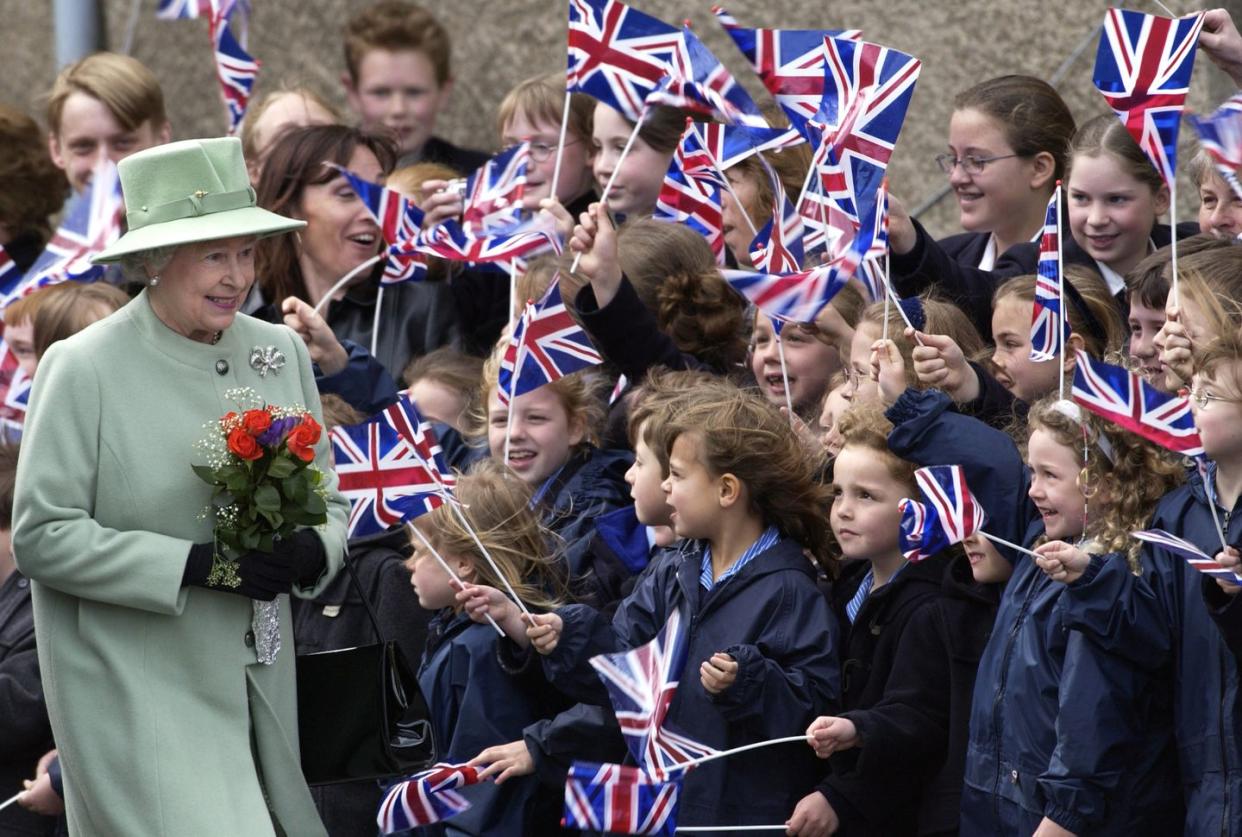
There was also an extensive plan in place for the queen’s death at Balmoral. Following traditional Scottish rituals, her body will rest at Holyroodhouse, a palace in Edinburgh, and will then be transported up the Royal Mile to St. Gile’s Cathedral. Her coffin will leave Scotland via the Royal Train, which will travel down the east coast mainline. The trip will end at Buckingham Palace, where her coffin will be placed in the throne room.
Four days after the queen’s death, a procession will move her coffin from Buckingham Palace to Westminster Hall, where it will lie in state for four days. The funeral will be held at Westminster Abbey nine days after her death. After the service, the queen’s 10 pallbearers will carry the coffin onto a green gun carriage that has been used by generations of the royal family. A procession will then take the queen’s body through the Mall, to Hyde Park Corner, and finally 23 miles to Windsor Castle, which will be her final resting place.

After the queen’s death, everything must be approved by Charles as the new reigning king. As noted in the London Bridge plan, he should appear on the evening of the queen’s death to make his first address as head of state. On the day after her death, Charles will officially be proclaimed king through a series of traditional rituals, like a 41-gun salute and the playing of the national anthem. At some point after, he will embark on a four-nation tour as the new king.
The majority of the world has never seen anyone else on the British throne—and it’s unlikely we will see someone as beloved and enduring as Queen Elizabeth II for a long time. In addition to having 15 prime ministers, Queen Elizabeth has also reigned through 14 U.S. presidents, wars, births—including the births of her direct heirs, Prince Charles, Prince William, and Prince George—and deaths, most recently the passing of her beloved husband, Prince Philip, in April 2021. In addition to her four children, the queen is survived by eight grandchildren and 12 great-grandchildren.
We thank you for your service, Your Majesty.
You Might Also Like
